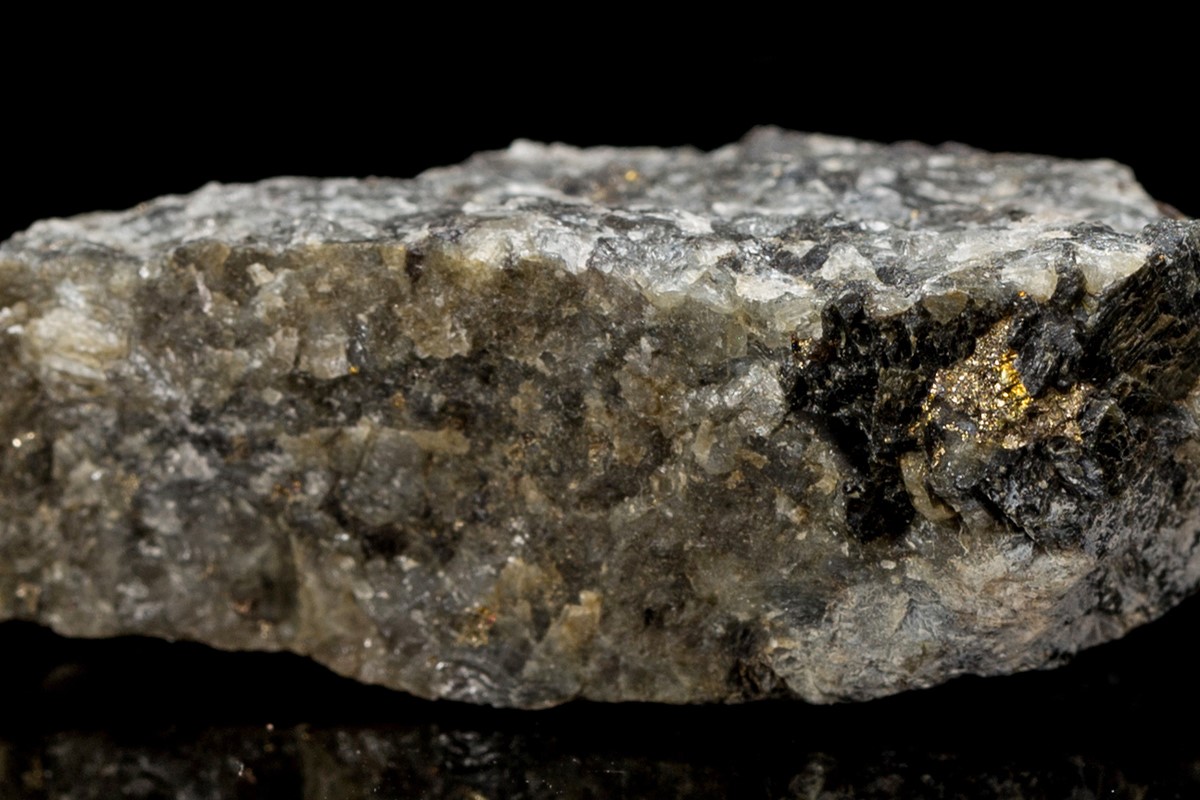
What is Mooihoekite? Mooihoekite is a rare copper-iron sulfide mineral with a unique crystal structure. Discovered in 1972, it was named after the Mooihoek mine in South Africa where it was first found. This mineral often appears in a metallic, bronze-like color and is known for its distinct, complex crystal formations. Mooihoekite is primarily composed of copper, iron, and sulfur, making it an intriguing subject for mineralogists and collectors alike. Its rarity and striking appearance make it a sought-after specimen in the world of geology. Want to learn more about this fascinating mineral? Keep reading to uncover 25 amazing facts about Mooihoekite!
Key Takeaways:
- Mooihoekite is a rare and fascinating mineral with a unique chemical composition and physical properties. It's primarily sought after by collectors and studied for its potential industrial applications.
- Found in South Africa, Mooihoekite has a distinct bronze to brown color, and its formation in hydrothermal veins adds to its rarity and value. It's a mineral that continues to intrigue researchers and mineral enthusiasts alike.
What is Mooihoekite?
Mooihoekite is a fascinating mineral that has intrigued geologists and mineral enthusiasts alike. This copper-iron sulfide mineral is not only rare but also has a unique set of properties that make it stand out. Let's dive into some interesting facts about Mooihoekite.
-
Mooihoekite was first discovered in South Africa. The mineral was named after the Mooihoek mine in the Limpopo Province, where it was initially found.
-
It has a distinct chemical composition. Mooihoekite's formula is Cu9Fe9S16, indicating it contains copper, iron, and sulfur.
-
Belongs to the sulfide mineral group. This group is known for its metallic luster and high density.
-
Mooihoekite forms in hydrothermal veins. These veins are created by hot, mineral-rich water flowing through cracks in rocks.
-
It has a tetragonal crystal system. This means its crystals form in a specific geometric pattern with fourfold symmetry.
Physical Properties of Mooihoekite
Understanding the physical properties of Mooihoekite can help identify and differentiate it from other minerals.
-
Mooihoekite has a metallic luster. This gives it a shiny, reflective surface similar to metals.
-
Its color ranges from bronze to brown. The exact shade can vary depending on the specific sample.
-
The mineral has a Mohs hardness of 4.5. This makes it relatively soft compared to other minerals.
-
It has a specific gravity of 4.3. This means it is denser than many common minerals.
-
Mooihoekite is opaque. Light cannot pass through it, making it appear solid and non-transparent.
Formation and Occurrence
The formation and occurrence of Mooihoekite provide insights into the geological processes that create this mineral.
-
Found in copper-rich environments. These areas have high concentrations of copper, which is essential for Mooihoekite's formation.
-
Often associated with other sulfide minerals. These include chalcopyrite, bornite, and pyrite.
-
Occurs in hydrothermal deposits. These deposits form from hot, mineral-laden water circulating through rocks.
-
Can be found in massive and granular forms. This means it can appear as large, solid masses or as small, grain-like particles.
-
Rarely forms well-defined crystals. Most Mooihoekite samples are irregular in shape.
Uses and Applications
While not as widely used as some other minerals, Mooihoekite still has its applications.
-
Primarily a collector's mineral. Due to its rarity, it is highly sought after by mineral collectors.
-
Studied for its unique properties. Researchers examine Mooihoekite to understand its formation and characteristics better.
-
Can be used in educational settings. It helps students learn about mineralogy and geology.
-
Occasionally used in jewelry. Some jewelers incorporate Mooihoekite into unique, custom pieces.
-
Potential for use in industrial applications. Its copper content makes it a candidate for certain industrial processes.
Interesting Facts about Mooihoekite
Here are some additional intriguing tidbits about this rare mineral.
-
Named after its discovery location. The Mooihoek mine in South Africa is the namesake for this mineral.
-
Not commonly found in large quantities. This adds to its rarity and value among collectors.
-
Can alter to other minerals. Over time, Mooihoekite can change into other copper-iron sulfides.
-
Has a complex crystal structure. This structure contributes to its unique physical properties.
-
Studied for its potential economic value. Researchers explore ways to utilize Mooihoekite in various industries.
The Final Word on Mooihoekite
Mooihoekite, a rare copper-iron sulfide mineral, fascinates both geologists and mineral enthusiasts. Found primarily in South Africa, it boasts a unique crystal structure and striking metallic luster. This mineral forms in hydrothermal veins and is often associated with other sulfides like chalcopyrite and pyrite. Its rarity makes it a prized specimen for collectors. Mooihoekite's discovery dates back to the early 20th century, and it continues to intrigue researchers due to its complex formation process. While not widely known, its significance in the mineral world can't be overstated. Whether you're a seasoned geologist or just curious about Earth's hidden treasures, Mooihoekite offers a glimpse into the planet's geological wonders. Keep an eye out for this captivating mineral next time you explore mineral collections or geological exhibits.
Frequently Asked Questions
Was this page helpful?
Our commitment to delivering trustworthy and engaging content is at the heart of what we do. Each fact on our site is contributed by real users like you, bringing a wealth of diverse insights and information. To ensure the highest standards of accuracy and reliability, our dedicated editors meticulously review each submission. This process guarantees that the facts we share are not only fascinating but also credible. Trust in our commitment to quality and authenticity as you explore and learn with us.
